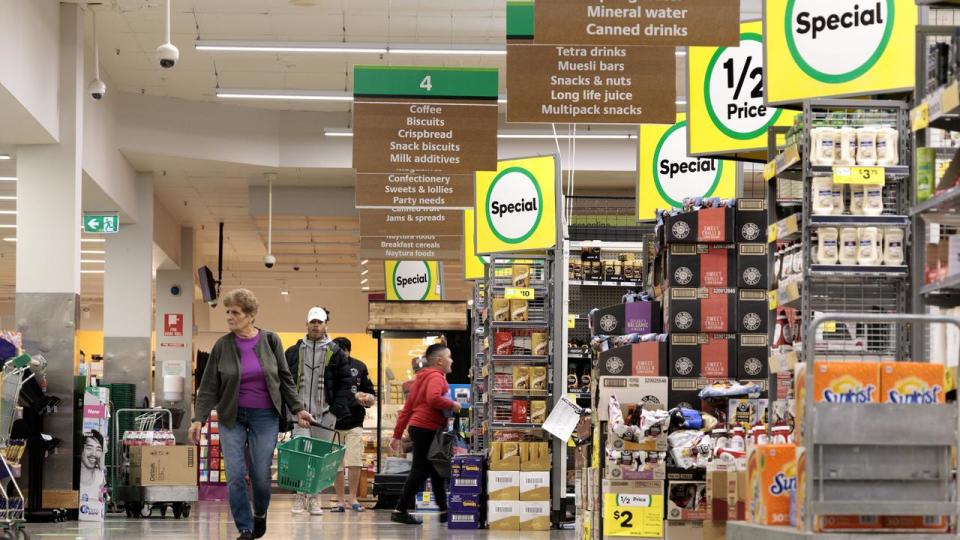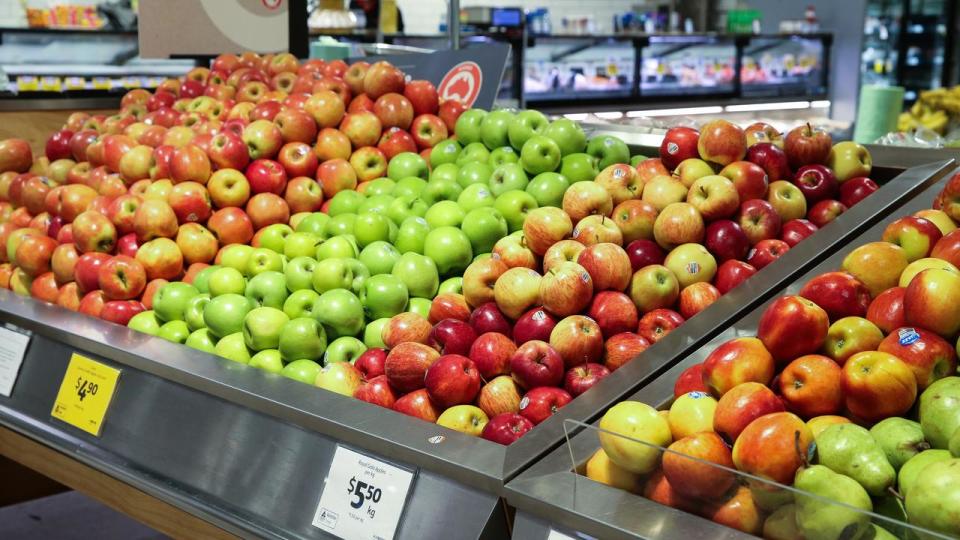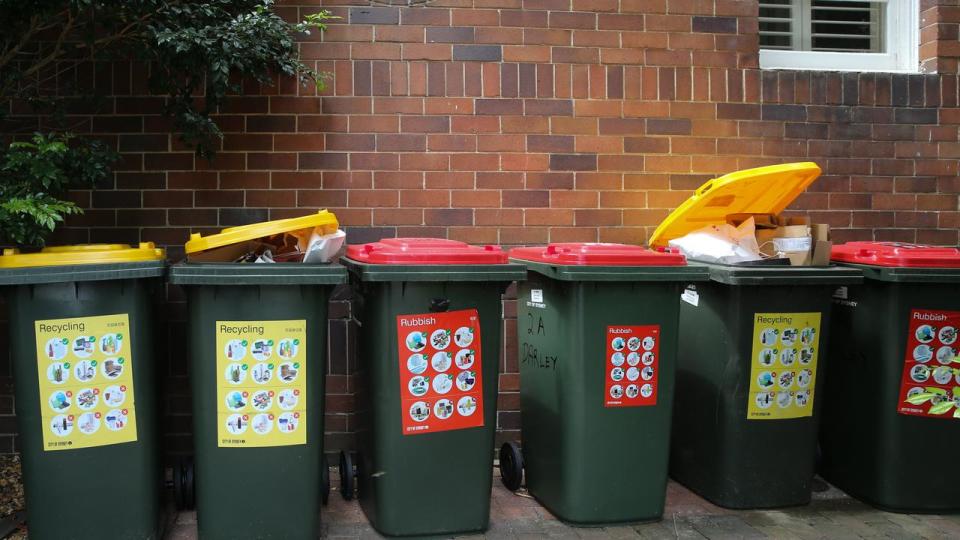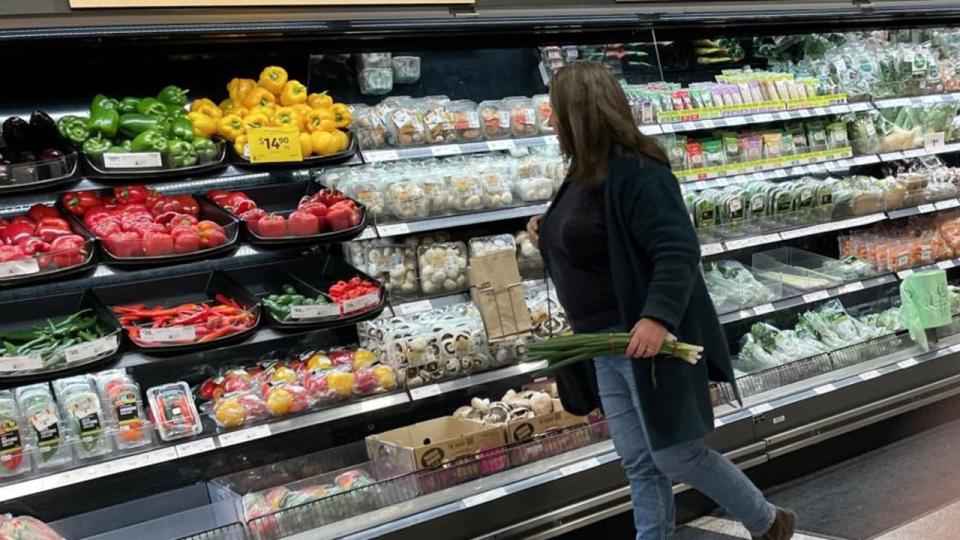Aussies wasting $20bn a year on one thing

Aussie households are wasting almost $20bn a year throwing out food – the equivalent weight of 152 Sydney Harbour Bridges – with retailers raking in more than $1bn from the simple act.
The shocking findings from progressive think tank The Australia Institute follow the country’s grocery giants posting massive profits amid a cost-of living crisis where Australians are struggling to keep soaring grocery bills down.
In August, Woolworths announced it had posted a $1.62bn after-tax profit up to June – up 4.6 per cent from last year.

Coles also recorded another 4.8 per cent rise on its 2021-22 profits with a $1.1bn net profit.
Researchers from the Australia Institute found Australian households waste 7.6 million tonnes of food every year.
For context, that’s the equivalent of 152 Sydney Harbour Bridges. It weighs 50,000 tonnes.
In their report, titled “Food waste in Australia And how supermarkets profit from it”, the researchers state this wasted food equates to $19.3bn lost by families, averaging out to $2000 or $25,000 per household.
“Ironically, the wasting and repurchasing of food contributes to the rising cost of living, further exacerbating these financial pressures,” the report states.
The report examined data on food waste from 2018-19 as well as subsequent reports from the National Food Waste Strategy Feasibility Study commissioned by the federal government two years ago.
An analysis has revealed food retailers are making an annual profit of $1.2bn from this wasted food.

“If the average rate of profit across the industry is 6.1 per cent, and we assume that the $19.3bn worth of food wasted by households returned this average profit, then the profit earned on the wasted food was $1.2bn,” the report states.
“It is important to note that this $1.2bn represents the profit earned by food retailers alone from food waste.
“It does not include income and expenses by other upstream industries such as growers and food processors when they produce food that is never eaten.”
The report attributes strict cosmetic standards on the appearances of fruit and vegetables to the reason for products being wasted.
Australia Institute senior economist Matt Grudnoff said reforms were needed to reduce food waste if Australia wanted to reach its goal of halving food waste by 2030.
In 2021, Food Innovation Australia Limited (FIAL) developed a road map to help reduce Australia’s food waste levels, outlining possible campaign and policy changes to reduce the amount of food going to waste.

The report’s authors found it was feasible to halve Australia’s food waste within the next decade, with $7-7.5bn required from federal and state governments to make it a reality.
“For every $1 spent on food waste interventions, this scenario delivers a minimum of $7 benefit back to the economy,” FIAL’s report states.
“This return on investment will only increase as the social cost of carbon and landfill costs increase over time.”
Mr Grudnoff said it was “high time” for the government to act on the recommendations.
“It proposed removing best-before dates from products that do not need them, scrapping sell-by or display-until dates and extending allowable use-by dates for long-life products,” he said.
“If that means trimming the profits that Coles and Woolies make from food waste, well, that’s a price I think most Australians would be happy to pay.”

Both supermarket giants already have food waste policies in place, including contributions to hunger relief programs like Foodbank and OzHarvest.
Coles’ sustainability policy states it also redirects produce that would not typically be sold into products, such as using bananas in its own frozen banana pieces, banana bread or muffins.
“We recognise that food waste is a significant issue in Australia and are supportive of considered industry reform that seeks to address the problem,” a Coles spokeswoman said.
“We are committed to working collaboratively with government and industry to progress discussions around use-by labelling practices.”
Over the last financial year 84 per cent of the company’s landfill was diverted and another 20.3m kilograms of unsold, edible food, valued at $133m, that might otherwise go to landfill was provided to its food support programs.
Woolworths’ policies include the promotion of The Odd Bunch range to sell food and vegetables not up to their display standards.
The company also states it is investing $123m over the next 10 years to find ways to reduce food waste.
“We work hard to reduce food waste, with our supermarket teams saving more than 80 per cent of food waste from landfill. Not only is it the right thing for our customers and the environment, but it is also good business,” a Woolworths spokesman said.
“Every year, Use By and Best Before dates alone cost our business tens of millions of dollars in food that can’t be sold – so we have every incentive to increase the shelf life of products in our supply chain where possible.
“Use By dates play an important role in food safety, and can reduce food waste by helping customers use up food before it becomes inedible, so it’s important that food manufacturers get these things right.”
The company donated 28m meals worth of surplus food to Australian hunger charities over the last financial year.


